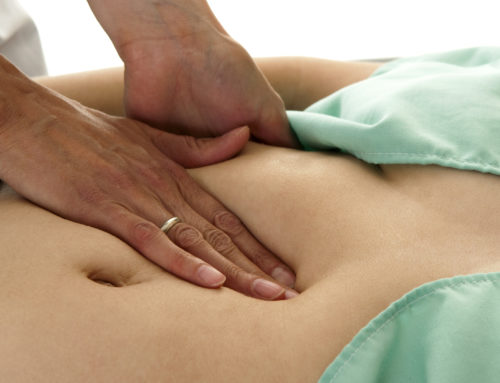Sussex Life Health Column, May issue
Too many of us take our livers for granted, but are we taking our lives for granted too? Dr Jeremy
Tibble, a gastroenterology consultant, writes about the link between alcohol consumption and
liver disease.
The liver is the largest solid organ in the body and carries out many vital functions. It plays a key role
in eliminating harmful biochemical waste, detoxifying certain drugs and environmental toxins, as
well as being the only organ in the body that is able to metabolise alcohol.
Of all the organs in the body the liver has the greatest capacity for regeneration, which can mean
that damage to it can go undetected only to be discovered when blood tests are done to investigate
other conditions. By the time symptoms become apparent, patients often have advanced liver
damage known as cirrhosis. This is caused by ongoing inflammation to the liver that results in
scarring and may be caused by a variety of conditions including viral hepatitis (hepatitis B and C),
autoimmune inflammatory conditions and genetic metabolic disorders. However, all too commonly
the cause of cirrhosis is prolonged excessive consumption of alcohol, a condition that is on the
increase.
A study conducted by the National End of Life Care Intelligence Network in March 2012 concluded
that liver disease is responsible for 2% of deaths in the UK and that alcoholic liver disease accounted
for well over a third of these cases. More than 1 in 10 deaths of people in their 40s are from liver
disease, the majority of which are alcohol related. This high number of deaths caused by alcohol is
part of an upward trend, with a 25% rise since 2001. The increase can be linked to poor lifestyle
choices and patterns of excessive drinking, frequently in people who are unaware of their excessive
consumption which forms part of their normal daily routine. Feeling fine does not mean that
damage to the liver is not happening.
The recommended guidance on daily alcohol consumption is three to four units for men and two to
three for women. Many people drink well above this amount without realising they have a problem.
With increasing strength of wine and beer it is easy to consume in excess of a safe limit. To put this
into context one unit is the equivalent of one 25ml single measure of whisky (ABV 40%), a third of a
pint of beer (ABV 5-6%) or half a standard medium (175ml) glass of red wine (ABV 12%). It is not
possible to store up units over the week, so binge drinking at weekends is more damaging to the
liver than regular consumption on a daily basis.
The early symptoms of liver disease can include loss of appetite, weight loss and a lack of energy,
while in its most severe form patients may present with jaundice, an excessive accumulation of fluid
in the abdomen (ascites), easy bruising, vomiting of blood and episodes of confusion. Progression of
alcohol related liver disease may, in the early stages, be halted and even in the latter stages be
significantly slowed by abstinence from alcohol, a pre-requisite to be considered for liver
transplantation which remains the only option for preventing death in patients with progressive end
stage liver disease.
The key message is to consider how much you are drinking and be honest about the need you feel to
drink on a daily basis. Small changes to your drinking habits will for most people result in drinking
safely while being able to continue to enjoy a social drink. Your GP will be able to help and support
you if you are concerned about your liver or drinking habits.
Dr Jeremy Tibble is a gastroenterology consultant at the Montefiore Hospital in Hove. For further
information please call 01273 828120 or visit www.themontefiorehospital.co.uk


